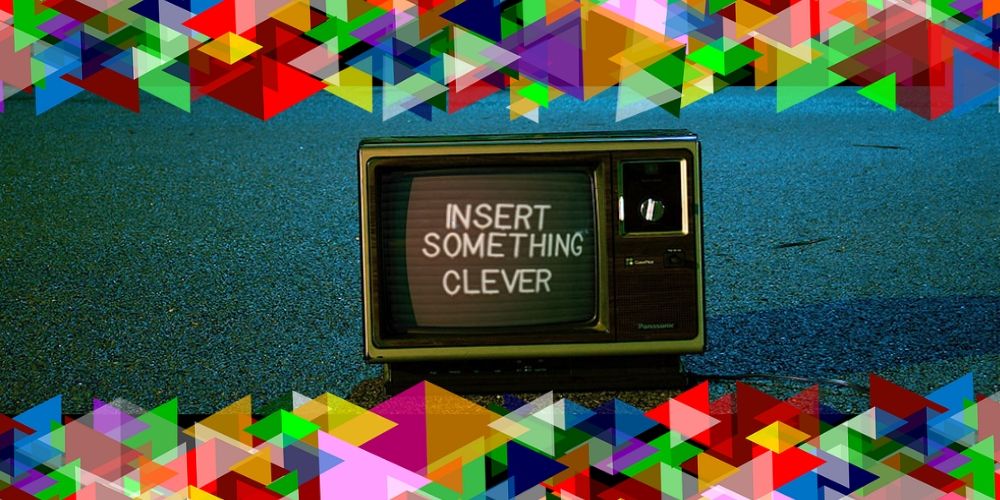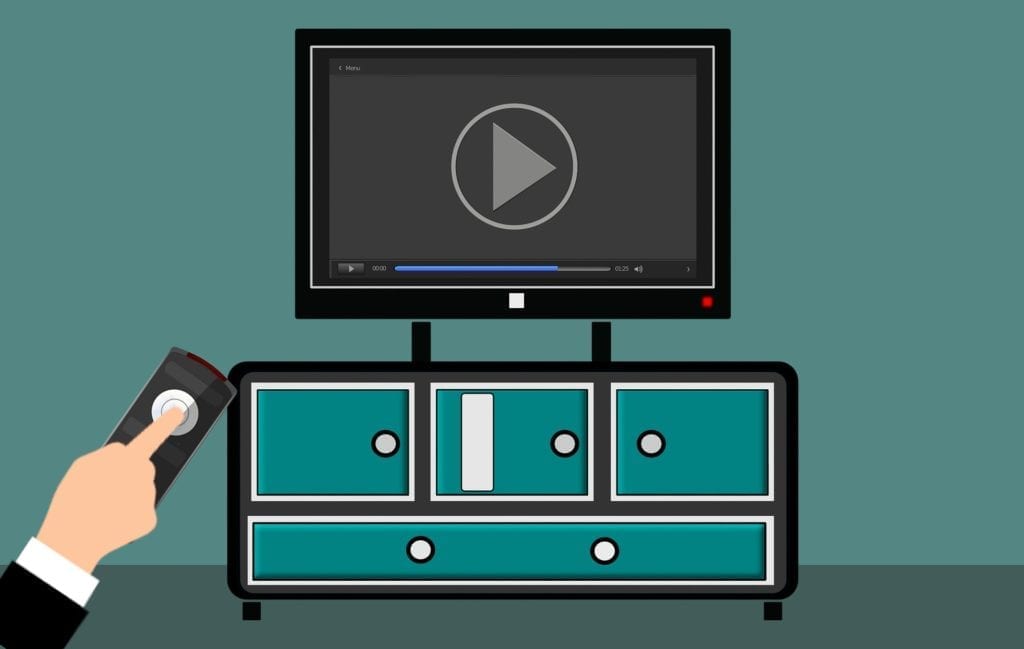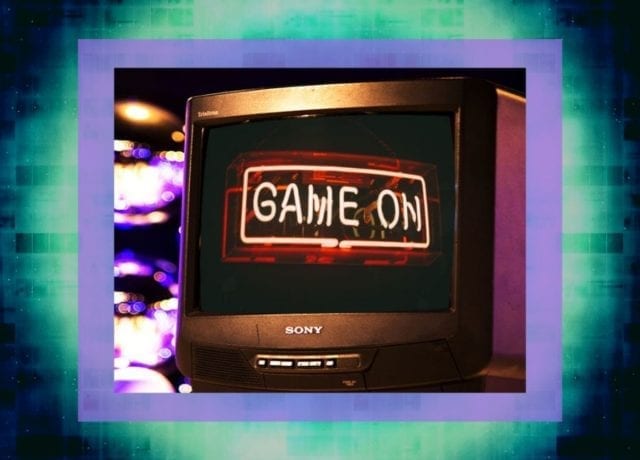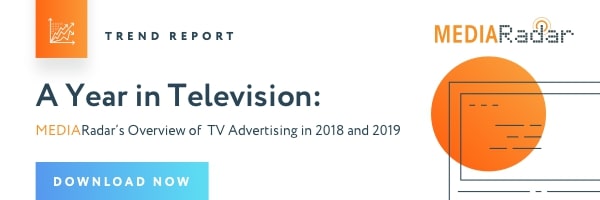The TV Upfronts week has come to a close, leaving media buyers with a lot to chew on and plenty for commentators to either roast or celebrate.
Say what you want about TV Upfronts — a tradition-mixed-with-business-event going back over half a century — but the week offers a glimpse into what networks have on offer and what media buyers can expect in the year to come.
Short on time? Download our free TV Advertising Trend Report!
More recently, the lines between traditional broadcast TV and streaming services have become blurred, a fact showcased in everything from rejiggered ad loads to innovative ad formats. At the same time, some of the upfronts reminded everyone that traditional broadcasting is here to stay — at least for awhile.
These are our top three takeaways from the busy week focused on the 2019-2020 slate.
Digital is now the norm: Broadcasters are reducing ad load, streamers are pitching primetime

“Stuffing seemingly interminable commercial blocks into programming is a losing battle when consumers can avail themselves of ad-skipping technology and ad-free platforms,” writes Marisa Guthrie at The Hollywood Reporter.
This is precisely why many of the broadcasters made a promise for a lower ad load per hour in their upfront presentations.
Turner and Viacom have made similar promises in the past few years; this year, NBCUniversal promised to reduce ad load by 20 percent during prime time in the last quarter of 2019 and Fox made the ambitious promise to reduce ad totals to two minutes per hour.
At the same time, ad formats are getting increasingly innovative with the overlap between traditional TV and streaming TV. NBCUniversal, for example, introduces prime pod ads for reduced ad load in conjunction with a new shoppable ad unit.
With these innovative ad formats, the lines between digital and broadcast media are becoming increasingly blurred. After both NewFronts (the digital equivalent of Upfronts) and the TV Upfronts week, Amanda Martin at AdWeek wrote on the overlap: “The content of both events is converging today, with Facebook looking for upfront commitments and WarnerMedia addressing targeting and measurability via Xandr this year.”
Maintaining a competitive edge amidst this growing overlap is key for both the digital and traditional TV. In the TV landscape, it means a wealth of new information, concepts, and strategies. Becoming programmatic-literate and staying up to date on the evolution of programmatic TV, for example, is a new opportunity ushered in for networks to explore.
Broadcast TV is increasing its digital streaming presence

For its part, NBCUniversal took a couple of shots at Netflix in its presentation. The first was the (largely accepted but largely unsubstantiated) claim that The Office (an NBC show) remains the most popular show on the streaming platform. The claim planted a “subtle dig in advertising buyers’ minds that the streaming giant’s own original programming isn’t of the same quality as programs that come from old-school suppliers,” writes Whitney Friedlander at Fortune.
The other, more serious commentary was from Linda Yaccarino, chairman of advertising and client partnerships. Yaccarino announced that NBCUniversal’s upcoming streaming platform will be free to consumers (due to advertising) and have fully transparent data.
The announcement is not a surprise, with news surrounding the expansion of CBS, AT&T and Comcast into streaming services making headlines for at least the past year. But the NBC upfront confirmed: it will be direct competition for the top.
While streaming is in the docket, the collective pitch to brands was that the traditional broadcasters represent a better opportunity for advertising.
“The networks represent a “safe” environment for their messages, and the partnership with sponsors is still prized, despite the collective pivot toward subscription-based streaming services,” writes Brian Lowry at CNN.
Long story short: where advertisers spend their budget into 2020 will be telling in the ongoing conversation surrounding traditional and streaming TV.
Take a look at the top spending TV advertisers!
Of course: Disney showcases its staying power
While much of the week focused on the new, in many ways Disney showcased its staying power in the media giant’s first upfront after its acquisition of 21st Century Fox’ assets.
“Considering how many networks now fall under the Mouse House’s roof, it’s a miracle the Tuesday presentation isn’t still going on,” write Tim Baysinger and Tony Maglio at The Wrap.
Jokes aside, Disney’s upfront was just as much about the long lasting nature of some of its shows as it was about its new content. As Jason Lynch at AdWeek reports, one highlight was Disney spotlighting the full cast of Modern Family. The show first aired 10 years ago and is now heading into its last season. “It was a good reminder of how seismic an upfront presentation can potentially be,” writes Lynch.
Seismic or otherwise, each of the upfronts from earlier this month paved the way for new partnerships, advertising opportunity and platforms in 2019 and 2020.




